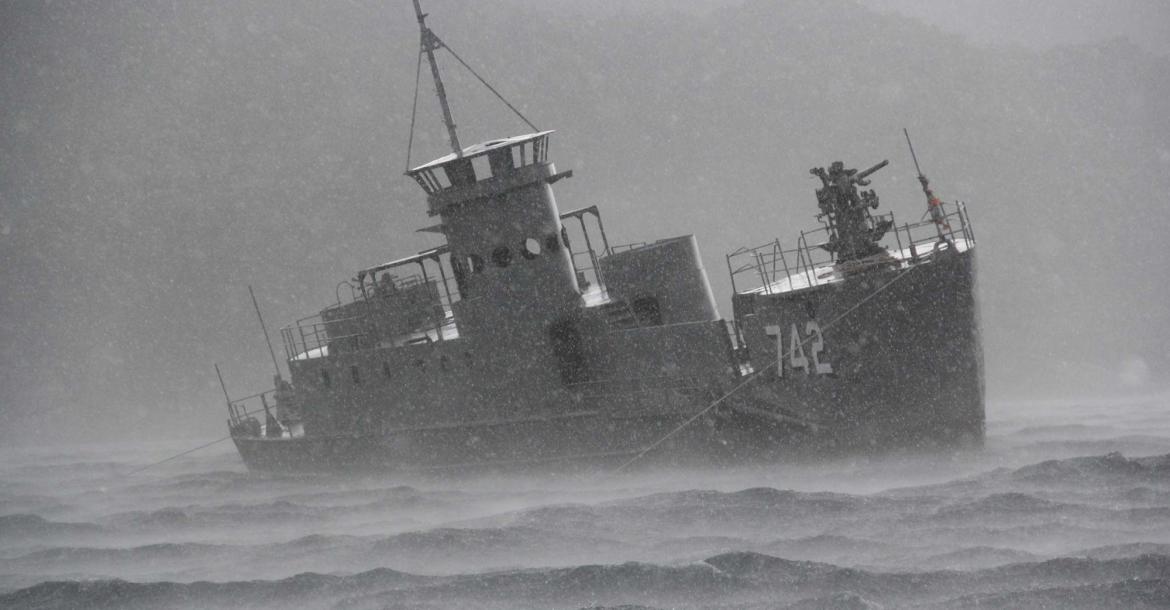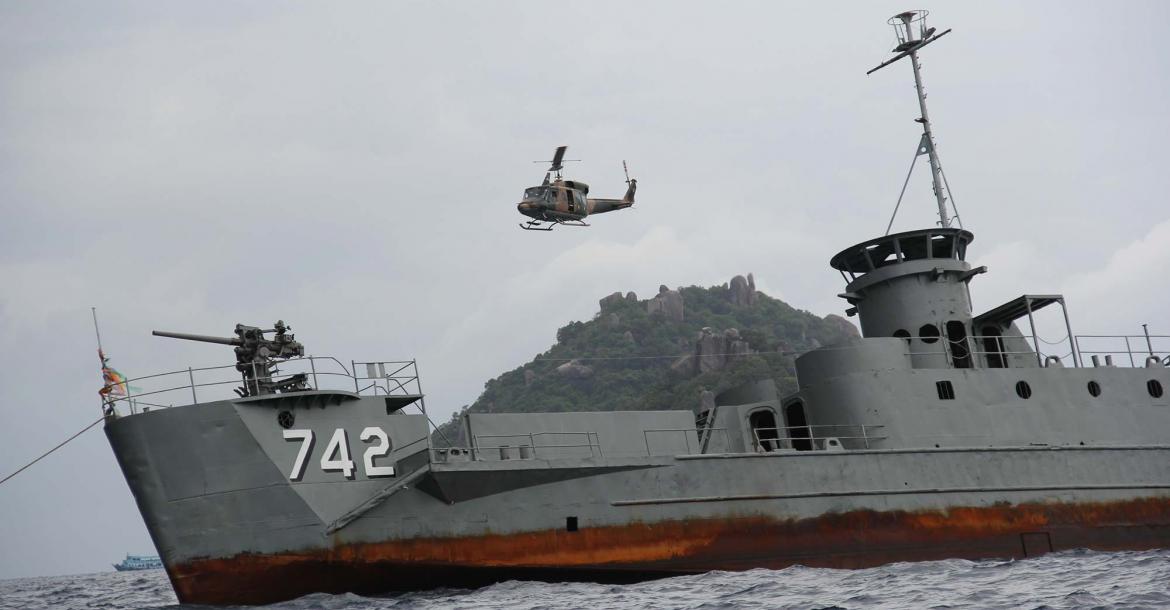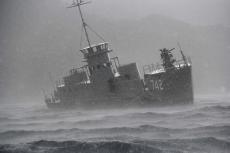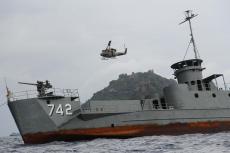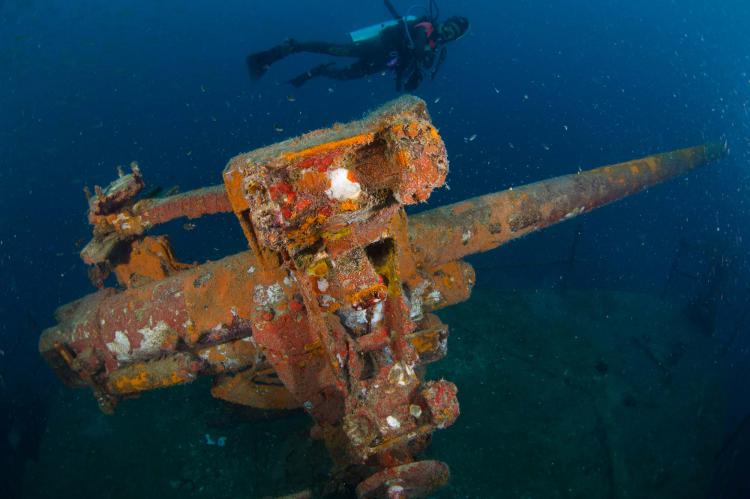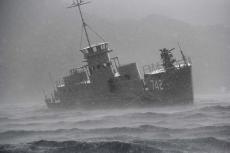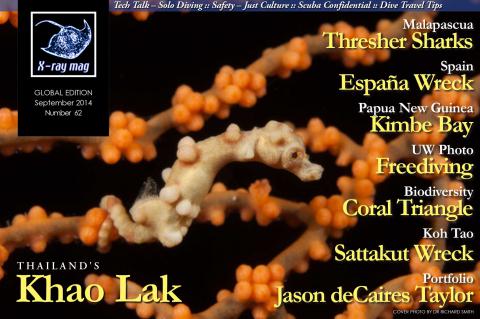HTMS Sattakut
On a cold day in February 1944, little would the workers of the Commercial Iron Works in Portland, Oregon, have known of the fate and unlikely resting place of the USS LCI(L) 739—now known to those who visit her as the HTMS Sattakut.
Tags & Taxonomy
After seeing out her years in both the U.S. and Thai navies, The HTMS Sattakut has now found her final resting place in the Gulf of Thailand just off a little island called Koh Tao.
Commissioned on February 27 as a Landing Craft Infantry Large, she was assigned to the Asiatic-Pacific Theatre to assist with the war efforts against Japan. It was in September of that year when she finally saw action in the long running battle between the two superpowers when she participated in the capture and occupation of southern Palau islands between September and October of 1944.
With American military leaders predicting the invasion would last just a matter of days, it was soon clear that the Japanese had learned from previous mistakes and had themselves dug well into the hills behind the beach.
Their strategic position led to one of the largest losses of life for U.S. forces in the Pacific, with their landing craft and troops reaching the beach amid heavy fire from machine guns and artillery. The slow but steady advance of American Marines did, however, eventually lead to the surrender of the Japanese army on the island, with both sides incurring heavy losses.
With the Palau islands secure, U.S. forces moved on, securing other key islands and airfields in an attempt to cripple the Japanese and halt their advance across the Pacific. One such island would become part of one of the most controversial decisions made during the war, the invasion and occupation of Iwo Jima.
The 739 was reclassified to the USS LCI Gunboat 739, with the addition of larger guns, providing her with the much-needed firepower to deal with the heavily defended Japanese.
The naval fleet bombarded the island with shelling and mortar fire for three days running up to the landings, with little impact to the Japanese in their dugouts. Even with the piece of land being deemed useless to both the U.S. Navy and Air Forces, what followed was a gruesome and bloody five-week battle that saw more American troops killed or wounded than Japanese forces for the first time in the war.
Although American success was almost guaranteed, the Japanese showed impressive military tactics in their defence of the island. With nowhere to retreat to, U.S. forces finally overcame the resilient Japanese, leading to one of the most iconic photographs of the war, Raising the Flag on Iwo Jima, by Joe Rosenthal.
The USS LCI 739’s next action came later that month during the invasion of Okinawa, the largest amphibious assault of the Pacific war. Landing craft such as the 739 played a huge role in the invasion and were used for a variety of roles throughout this campaign.
As well as transporting troops for beach landings, they carried out vital roles including protecting underwater demolition divers, and creating smoke screens to hide the advancing fleet from enemy aircraft and artillery. For this, the 739 was armed with even more firepower, and was reclassified to a Landing Craft Infantry Mortar, with the addition of large heavy mortar cannons.
Between March and June of 1945, both sides suffered large loss of life throughout the long and gruelling invasion. However, the eventual capture of the island played a major role in the American advance. Situated just a short distance from mainland Japan, it gave the Americans the perfect base for their final assault on the Japanese.
The atomic bombings of Nagasaki and Hiroshima, which came just a few months later, finally bought an end to the war in the Pacific, and after 1946, most Landing Craft Infantry were retired from duty and were either sold, scrapped or transferred to other nations. The 739 was one such vessel, and after receiving three battle stars for her services during the war, she was transferred to the Royal Thai Navy and reclassified as the LCI 742 or HTMS Sattakut, where she would see out her years helping to transport Thai troops for training and duties.
The sinking
As part of an artificial reef project in Thailand, the HTMS Sattakut as well as many other vessels were donated by the Thai Navy to a number of locations around the country. It was chosen that the HTMS Sattakut would be sunk off the coast of Koh Tao, a small island in the Gulf of Thailand, and (...)
Download the full article ⬇︎
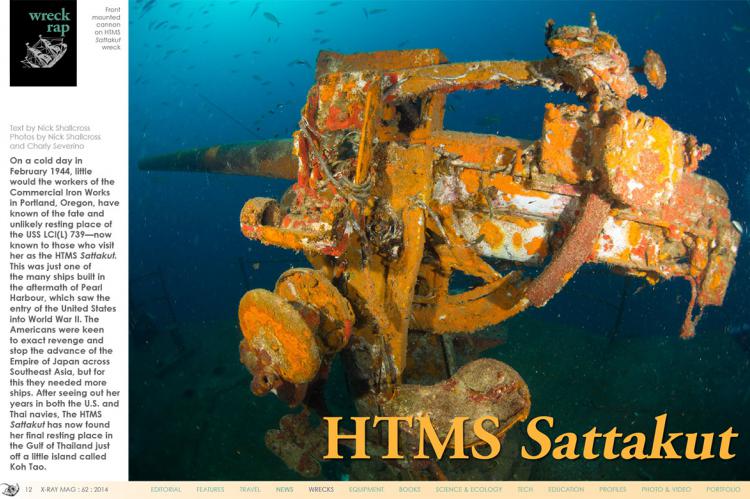
Originally published
X-Ray Mag #62
Diving Thailand's Similan Islands at Khao Lak; Papua New Guinea's Kimbe Bay; Malapascua Island's Thresher Sharks in the Philippines; The Coral Triangle's Biodiversity; Spain's España Wreck; HTMS Sattakut Wreck at Koh Tao Island; Just Culture; Scuba Confidential; Diving Solo; Freediving for Underwater Photographers; Evie Dudas profile; Interview with artist Jason deCaires Taylor; Plus news and discoveries, equipment and training news, books and media, underwater photo and video equipment, shark tales, whale tales and much more...

